Financial Reporting Report: Deferred Tax Assets and Liabilities
VerifiedAdded on 2022/08/19
|5
|731
|12
Report
AI Summary
This report addresses key aspects of financial reporting, particularly focusing on deferred tax assets and liabilities, guided by the principles of IAS 12. The report begins by explaining the recognition criteria for deferred tax assets and liabilities, referencing the guidelines provided in IAS 12. It then elucidates the circumstances under which deferred tax assets arise, such as deductible temporary differences and unused tax losses. The methodology for measuring deferred tax assets and liabilities, including the relevant tax rate considerations, is also discussed. Furthermore, the report highlights the required disclosures in financial statements to ensure transparency and the options for offsetting deferred tax assets and liabilities. Finally, it outlines exceptions related to the recognition of deferred tax liabilities or assets. The report includes references to relevant academic sources to support the information provided.
1 out of 5
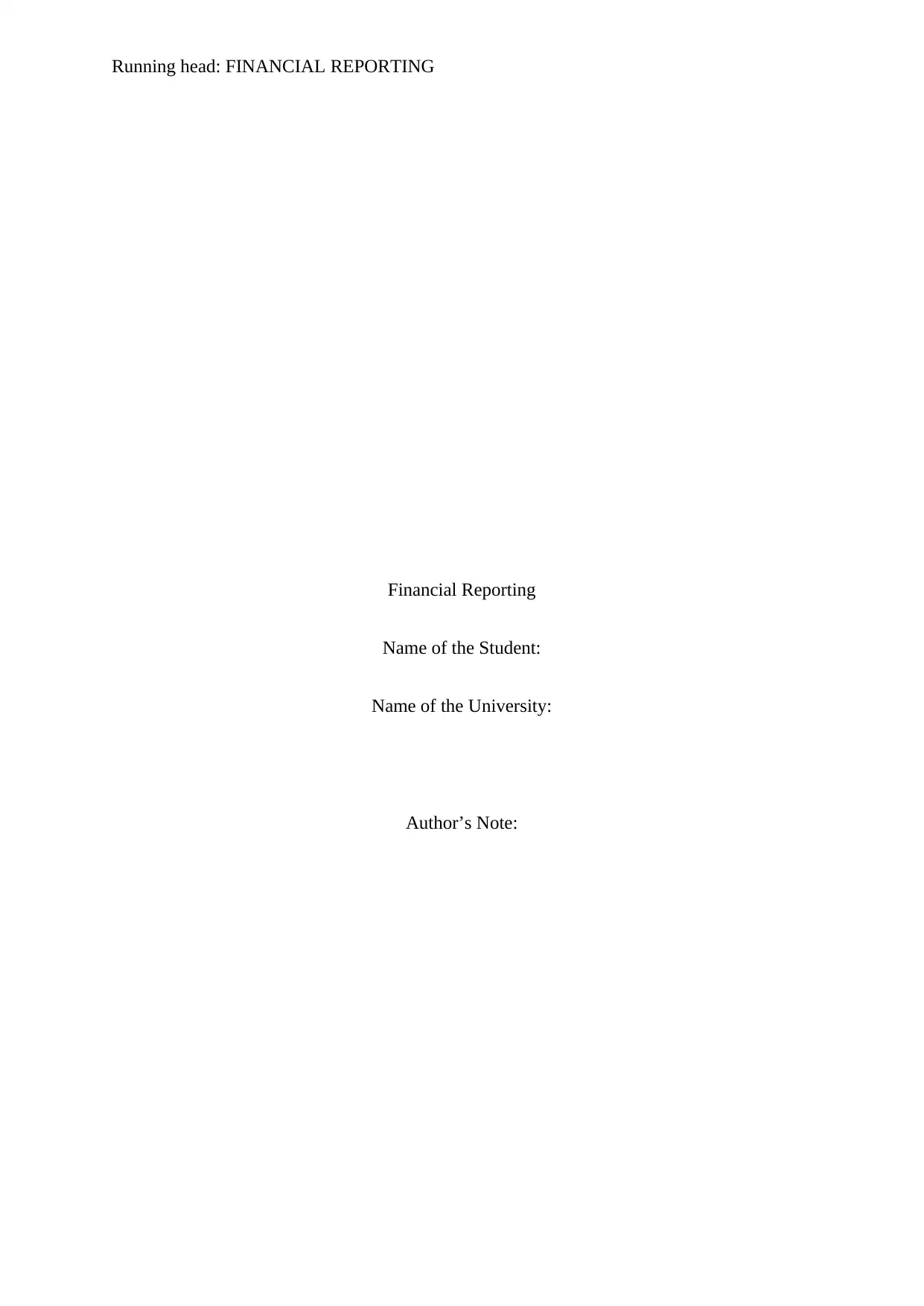
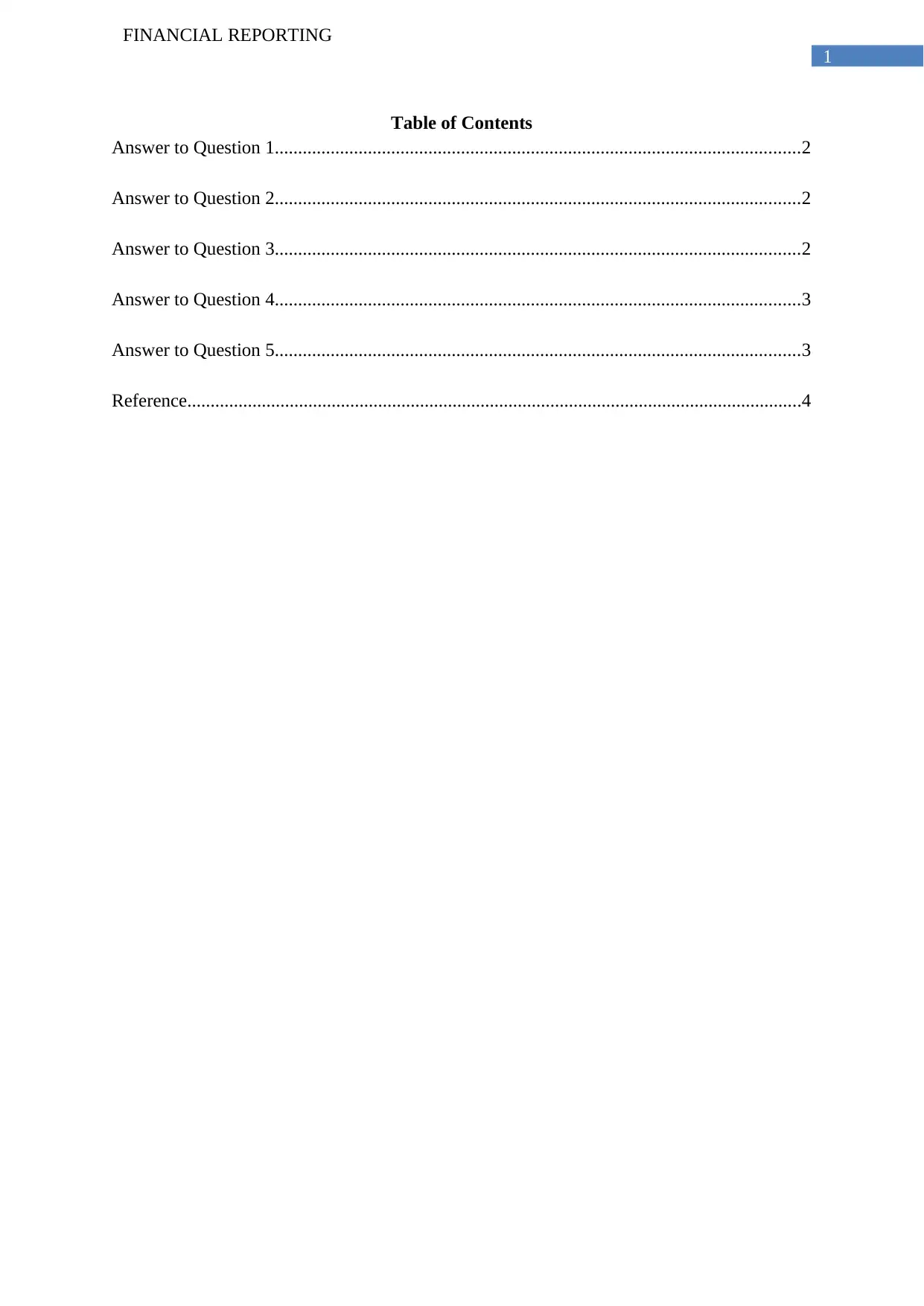
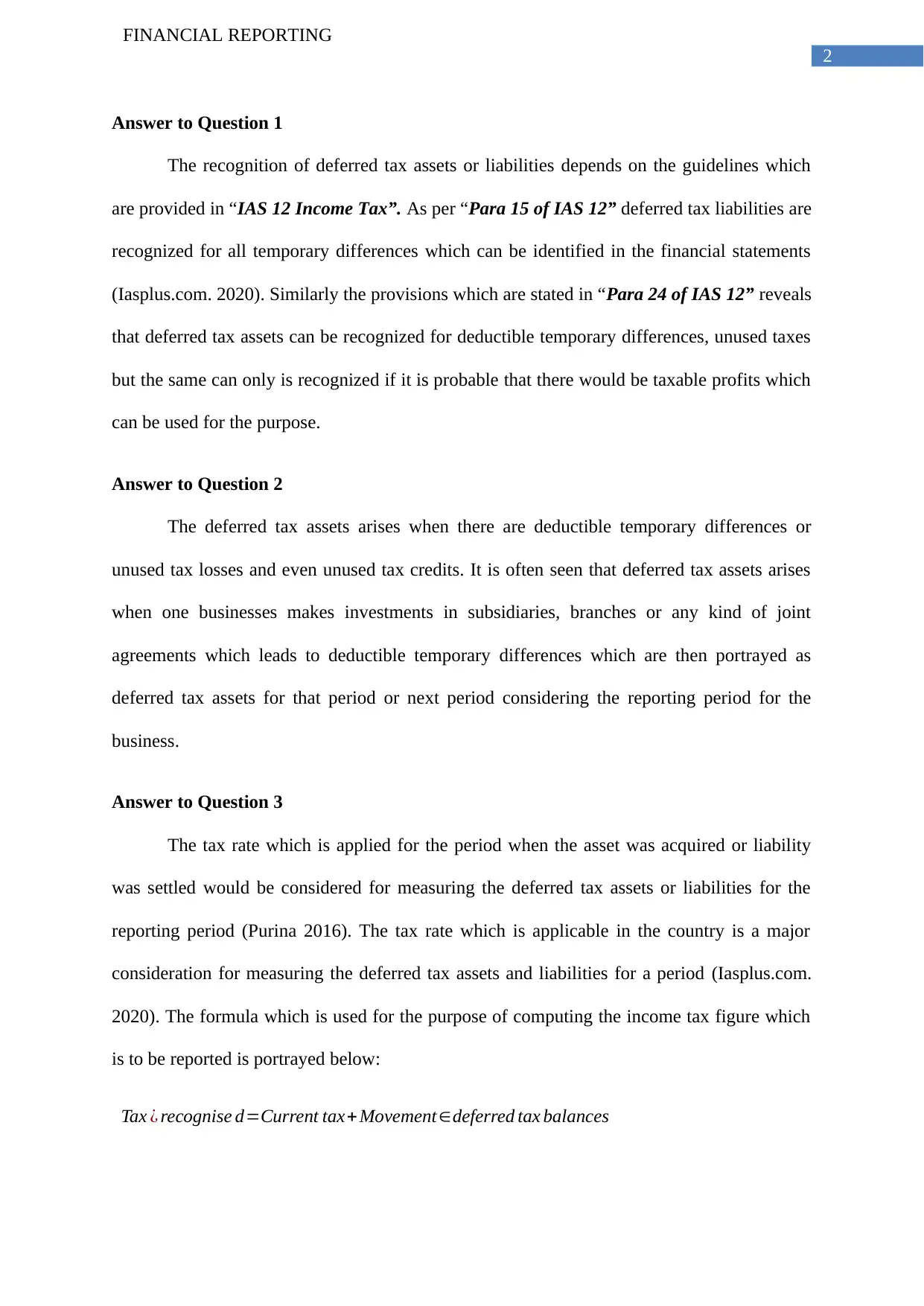

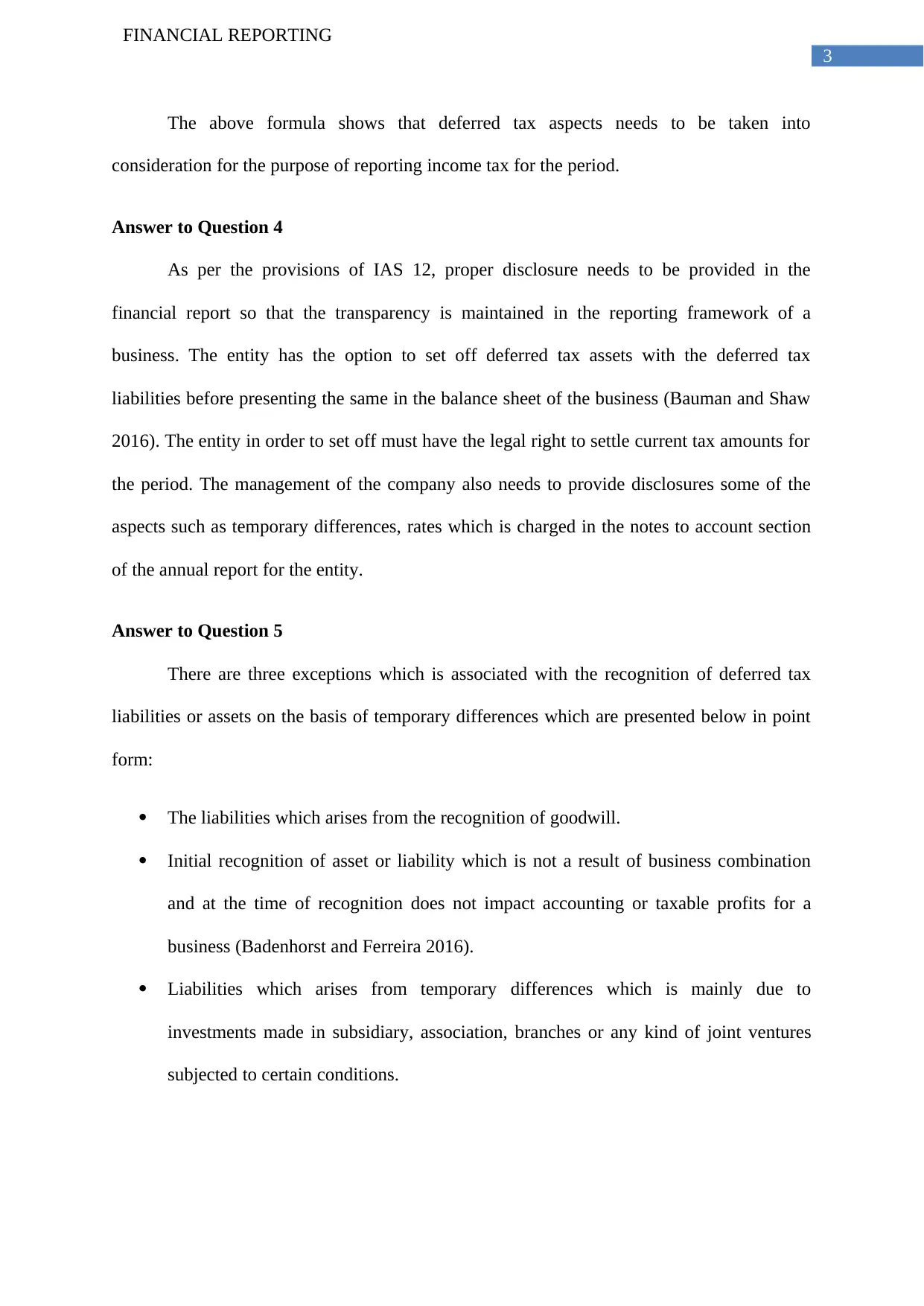
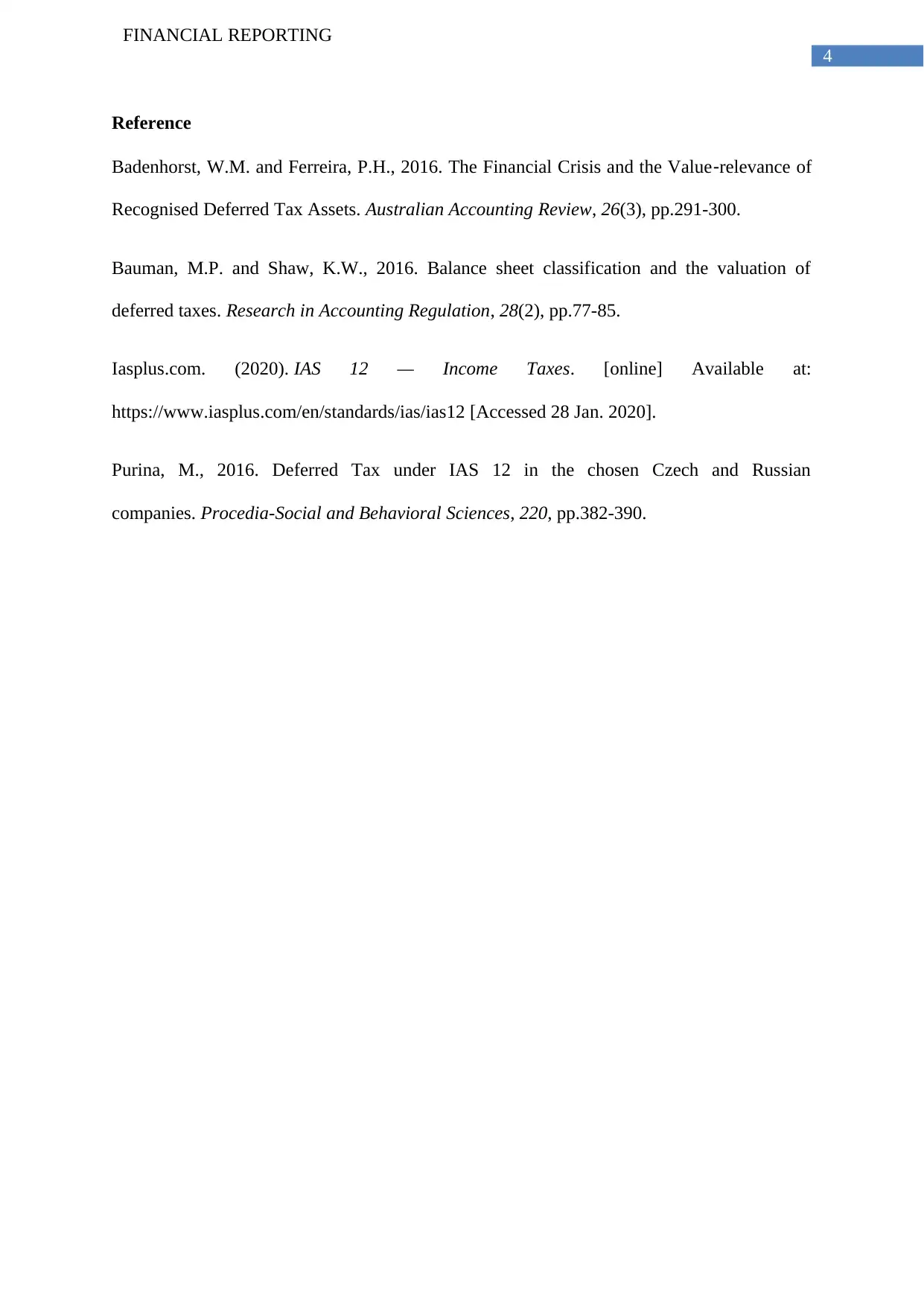






![[object Object]](/_next/static/media/star-bottom.7253800d.svg)